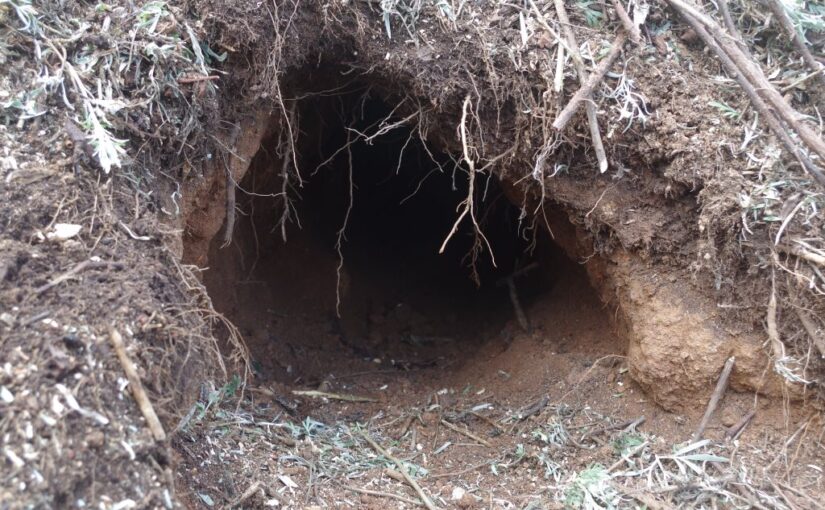A bit over a week ago there was a public holiday for the day prior to the football final. The fans must need some time to get properly prepared, whatever that involves. Anyway, the day was as lovely as spring could be. Cool air. Blue sunny skies. No wind to speak of. It was a most excellent day to continue demolishing the old steel shed. But unbeknownst to the footy fans, the people enjoying a day off work, or yours truly demolishing the shed, the electricity grid in this state was having something of a major, and previously unknown, drama.
Rooftop solar ‘juggernaut’ risks grid overload as AEMO issues rare low-demand warning. AEMO being the Australian Energy Market Operator which oversees operation of the grid on the east coast of the continent.
Along the east coast of this continent, one in three houses has rooftop solar power panels, which connect their output into the mains grid. What apparently happened that day was that all those solar panels around the middle of the day were producing lots and lots of electricity. That supplied electricity to the houses with the panels on their roofs, but also their neighbours, plus their neighbours neighbours etc. All very good and well, except that day, what with the massive solar house party going on, nobody seemed to want enough of the stuff produced by the huge fossil fuel powered generators.
It was a new and almost unheard of situation. So much solar powered derived electricity was being produced and exported from house to house, that demand for energy from the coal and gas plants in the state was forecast to fall to 1,800 megawatts (MW), which is below their minimum output threshold of 1,865MW. Ook! A very rare occurrence. Usual average demand is 5,000MW in the state of Victoria, while peak demand is about 10,000MW. Too much electricity from the really big coal and gas generators, with nowhere to go, may possibly produce the magic smoke and flames somewhere or other in the grid. Nobody who works on the grid ever wants to experience a day of interesting pyrotechnics! Fortunately that day, the excess could be sent interstate, although that was a close thing because I believe those lines were originally out of service and undergoing maintenance.
Big deal you may say, nothing much happened although it was yet another close call for the grid. Fair enough. Some folks recently have been clapping their hands in glee at the thought of the end of using coal to generate electricity. They point to the UK experience. Didn’t the UK recently phase out coal they say? Well yeah, but I’m pretty sure they have nine operational nuclear power plants, and they’re connected to the European grid. Let’s not even talk about blithely ignoring radioactive waste.
Years ago when I began writing about these sorts of issues, I really thought getting the ideas out there would make a difference, somewhere, anywhere. What you end up finding though, is that you have lots of pointless arguments with armchair theorists. Don’t believe me? Try hanging out with some environmental activists and mention that the grid really does require massive generators with large physically spinning components so as to ensure the frequency in the grid remains stable. As a side note, the grid tied solar power systems which get installed in houses just can’t do that trick, they’re too cheap for that. Anyway, the reaction from making the observation to the activists would be immediate. Just prior to being stomped to death you’d hear: “Solar! Solar! Death to the unbeliever!” And so it would go. Then your final words would be cancelled.
For fourteen years we’ve lived in a house with an off grid solar power system. We’re onto the second set of house batteries. Every year there’s always something which needs doing, or even worse, goes wrong. The system and technology is good, but it’s not good enough to run an industrial civilisation. I can’t even claim that we generate 100% of the electricity from the sun annually, because for 5% of the year the electricity has to come from a fossil fuel generator battery charger. This past year we used 80L (21 gallons) of petrol to run that generator. It’s a good outcome really, given the total household electrical requirements for the past 12 months was 2.785MWh in total (or about 7kWh a day) and we use electricity for cooking purposes.
The cost of the system is completely bonkers though. All the solar equipment here probably cost around a hundred thousand dollars. What can I say, it’s a financially ruinous hobby. But in practical terms, what that means is that the electricity we use costs about ten times what most people attached to the grid pay. But that’s simply what it costs to make the technology work. You may laugh uncomfortably, or happily tell me I’m wrong, but to me it appears that most of the solar equipment getting attached to the grid is too cheap and too dumb to be able to operate without very large generators dictating the terms. No doubts I’d get stomped to death by the same environmental activists, if I casually mentioned to them that: “You need to pay more, or use less.” Stomp, stomp, stomp… Cancel, cancel, cancel…
It is however an interesting hobby, and occasionally when an article appears in the news on the subject, a person spends a bit of time thinking about the implications of the various choices being made in the wider society in relation to this technology. Even being off grid, if the mains grid goes down, it’s still a problem for us. It would be hard to ignore that if the mains grid ever becomes unstable, earning an income would be notably difficult proposition. Sandra and I were joking around today about the zombie apocalypse, another difficult situation to survive unscathed. I was heard to say: “Sandra. I like you, but your brains will be zombie food”. True words.
Earlier today I read a really fun concluding quote from a Jack Vance book (Maske:Thaery) where two old friends met up after surviving challenging situations: “While we are alive we should sit among coloured lights and taste good wines, and discuss our adventures in far places; when we are dead, the opportunity is past.” True words.

Mostly sunny, with occasional spring storms would be a good way to describe the weather this week. There was only a single time I was caught outside working in the rain, and the job had to be completed. A person can always dry off. The rest of the outside work was done in fine weather which was sometimes sunny, and at other times cloudy.
Work continued on the new firewood shed site. In last weeks blog I underestimated the time to complete the work at maybe one day. All up it took three very long work days. The extraordinarily heavy plastic water tank had to be moved into position.
A dead flat site for water tank was dug, then a bed of finely crushed granite was placed onto the bare soil.
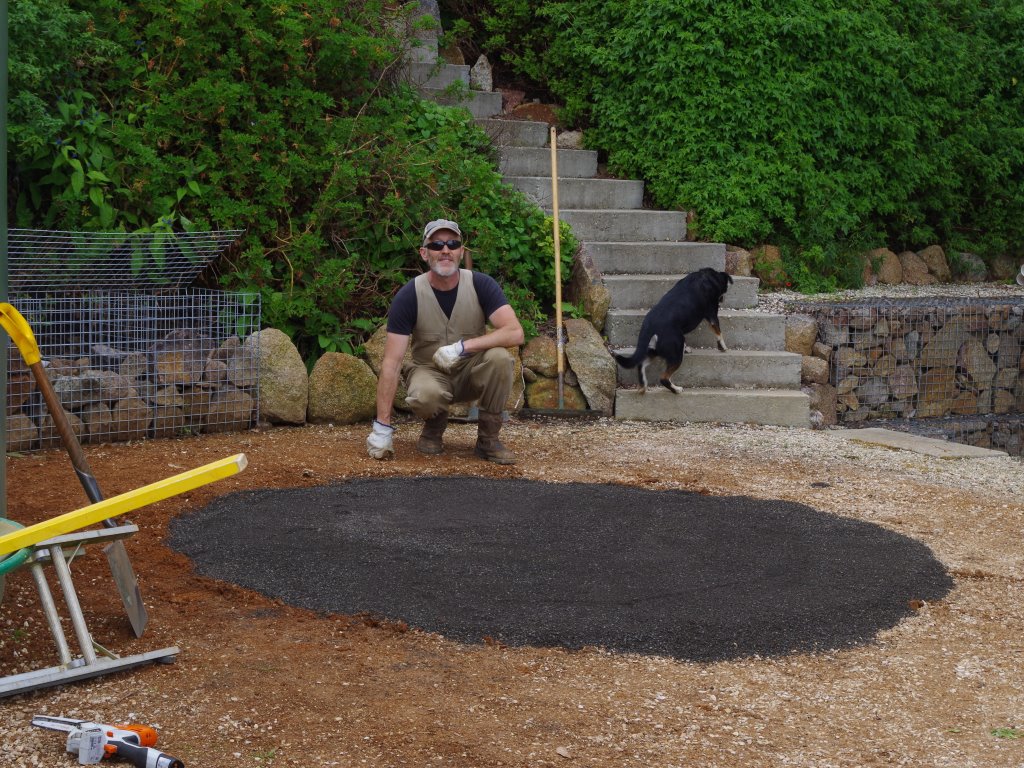
Once that work was done, we could begin trying to move the very heavy water tank. Over the past few months, rainfall had been getting into the tank so the thing was even heavier than when we first tackled it many long months ago. And we had no way of getting the water out of the bottom of the tank. The 6 foot steel house wrecking bar was used as a lever to slowly inch the water tank into position. Eventually after a lot of effort, we got the water tank into place.
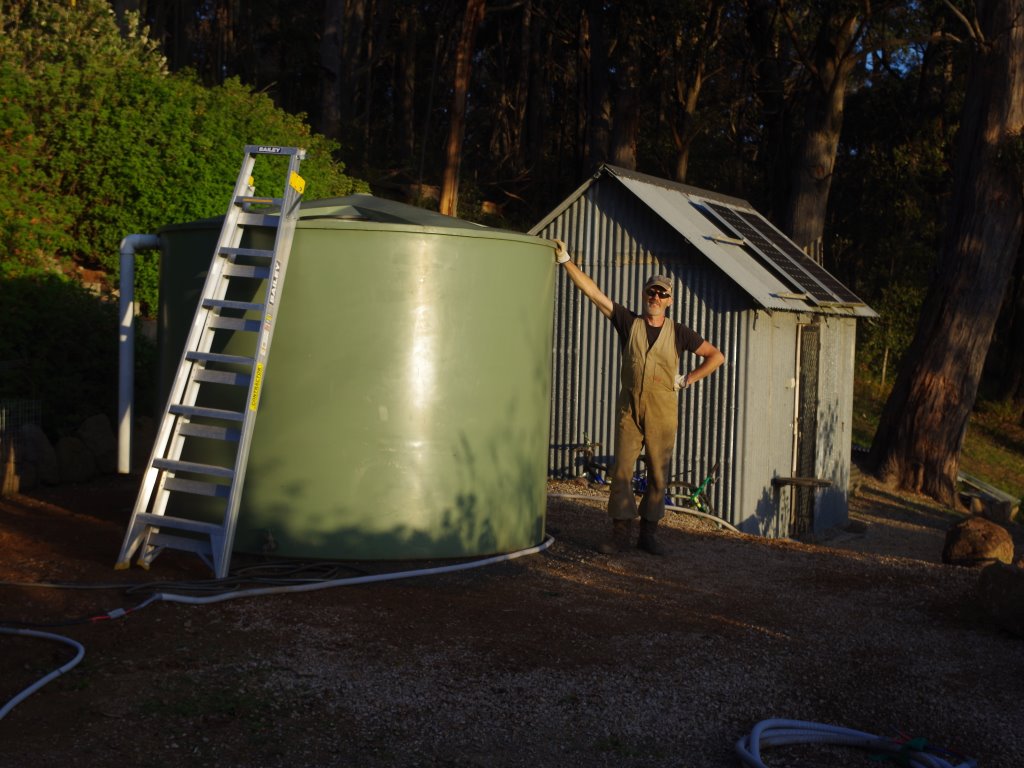
For two days water was pumped into the tank, and it’s now full. Of course, before connecting up any roof to the tank, we had to install an overflow. A long trench was dug and an overflow pipe was installed. Into the trench was added two water pipes for garden taps (spigots in US parlance) and a 12V electrical cable for lights in the shed which is behind me in the above photo.

The 12V electricity cable (in the grey conduit) had a side trench dug. The trenches were all then backfilled and stomped down – no environmental activists were harmed in the stomping process.
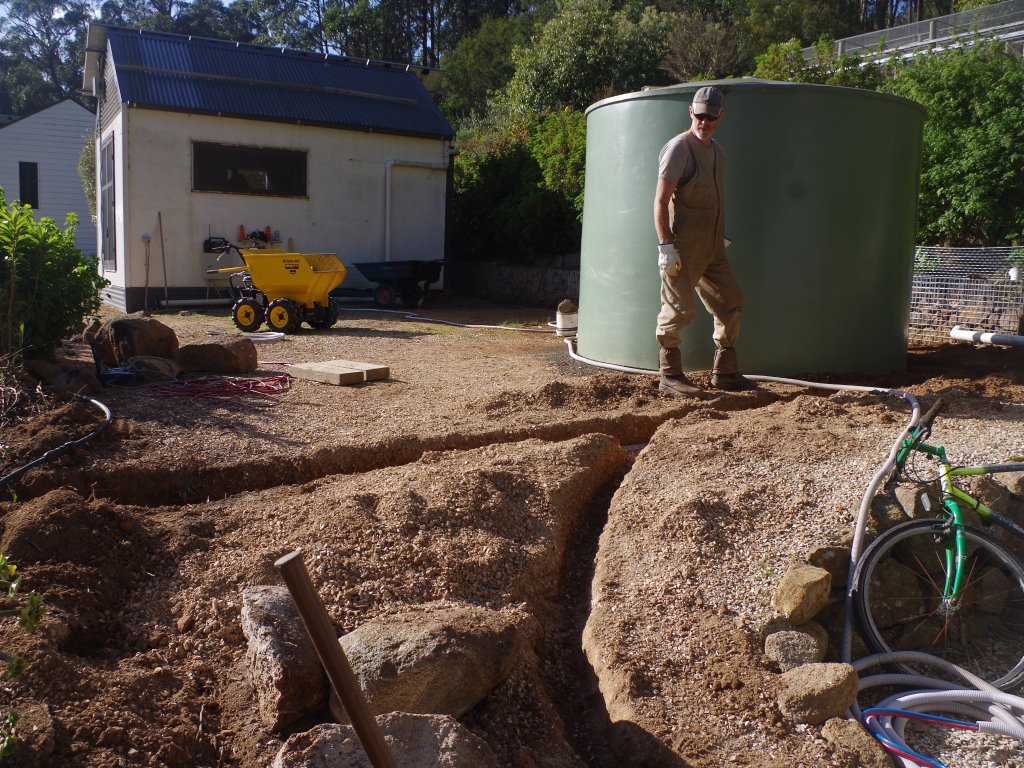
In a fit of exuberance, we also swapped out some of the largest rocks in the rock wall which runs on the downhill side of this area. The rock wall didn’t need to be as big and chunky as it was. And two of those rocks were so massive, we had to split them in half in order to be able to move them. Now we have another six large rocks to install in another area of the property – the new rock wall with the long line of water tanks. Obviously, those six rocks were not moved, that would be way too much work. As it was, we did a lot more than was anticipated.
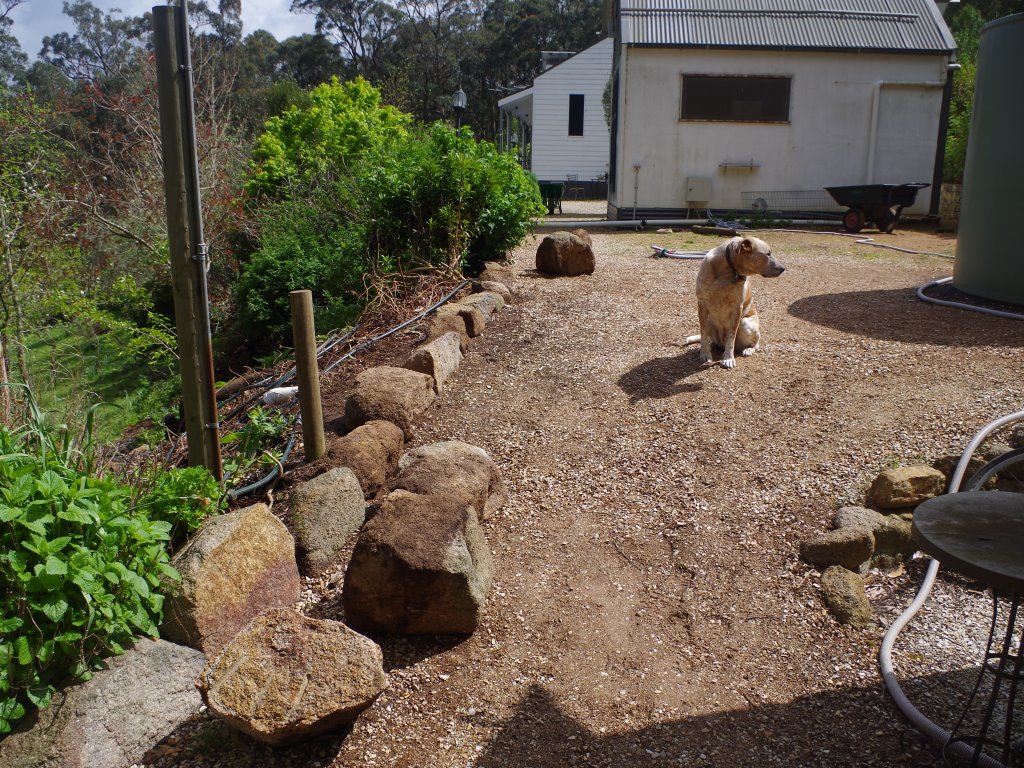
The new firewood site is now ready to go, but candidly, we need a short break from this project. It all looks good though.
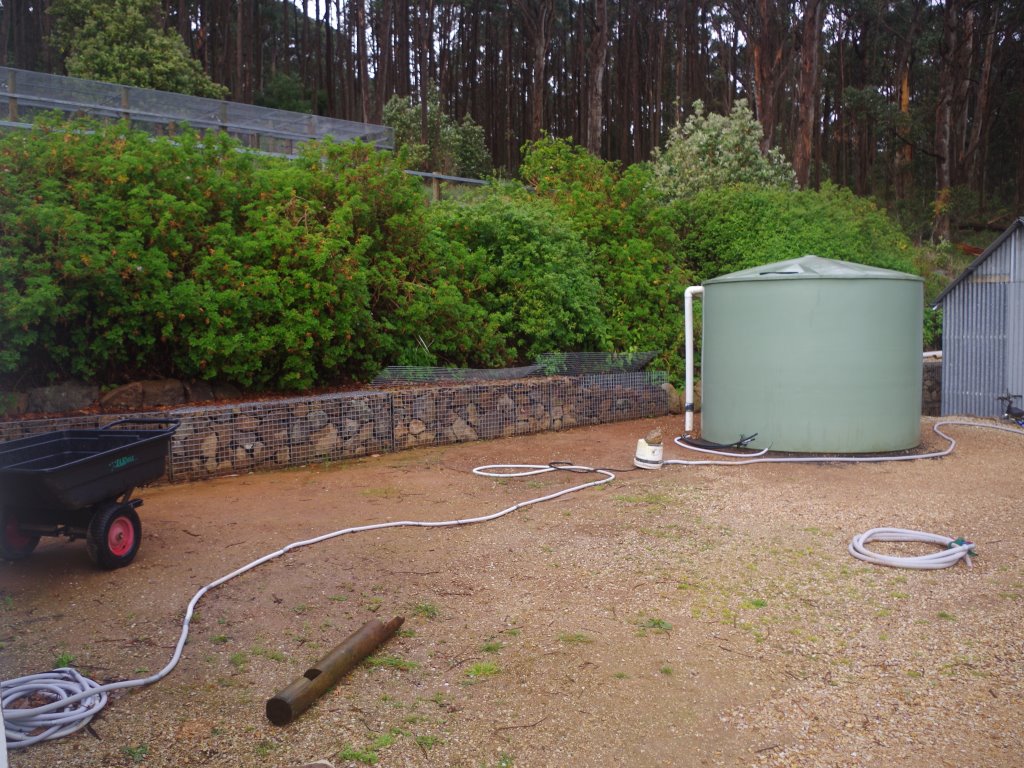
Unfortunately the work didn’t stop. Apparently locals tell me that it’s bunny time, more so now than at any other time of the year. The randy little bunnies are a total nuisance and they are sending the dogs to distraction. We had enough of the rabbit mischief a couple of weeks ago, and have decided to remove all woody shrubs from the garden beds. The rabbits are able to hide with impunity underneath these woody shrubs. It’s just a whole lot of work to do this and leaves one heck of a mess. This week I spent a day cutting out several large wormwood shrubs from a garden bed.

One of the warren holes was particularly deep. The dogs and I assured ourselves that the rabbits had decamped in absolute fright – well they should, then we backfilled the holes with purchased soil.
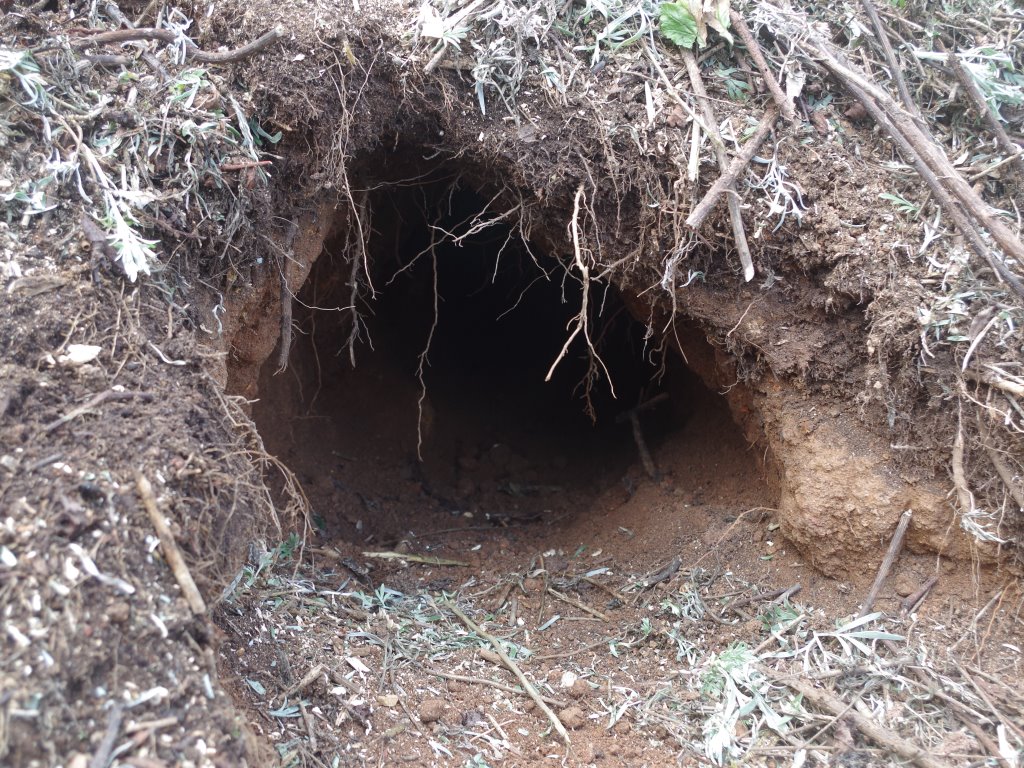
The clumps of removed woody shrubs are yet to be taken away, but the garden beds have sort of just enjoyed a ‘Great Reset’. Plans are being made to revegetate the beds, this time with an over story of Japanese maples, but it will take a couple of years before they look as good again. Oh well, with nuisance animals, the easiest thing to do is ensure they have no reasons to hang around the place. That’s worked here before, and it’ll probably work again in the future.

‘Tis the season for pests. The other night a herd of Sambar deer caused some mayhem in the orchard. A ten year old olive tree was completely ring-barked. I was very unimpressed. Hopefully the plant grows new shoots below this outrage, but we’ll see. The deer earned a very strong rebuke, and have not been back since – that I’m aware of.
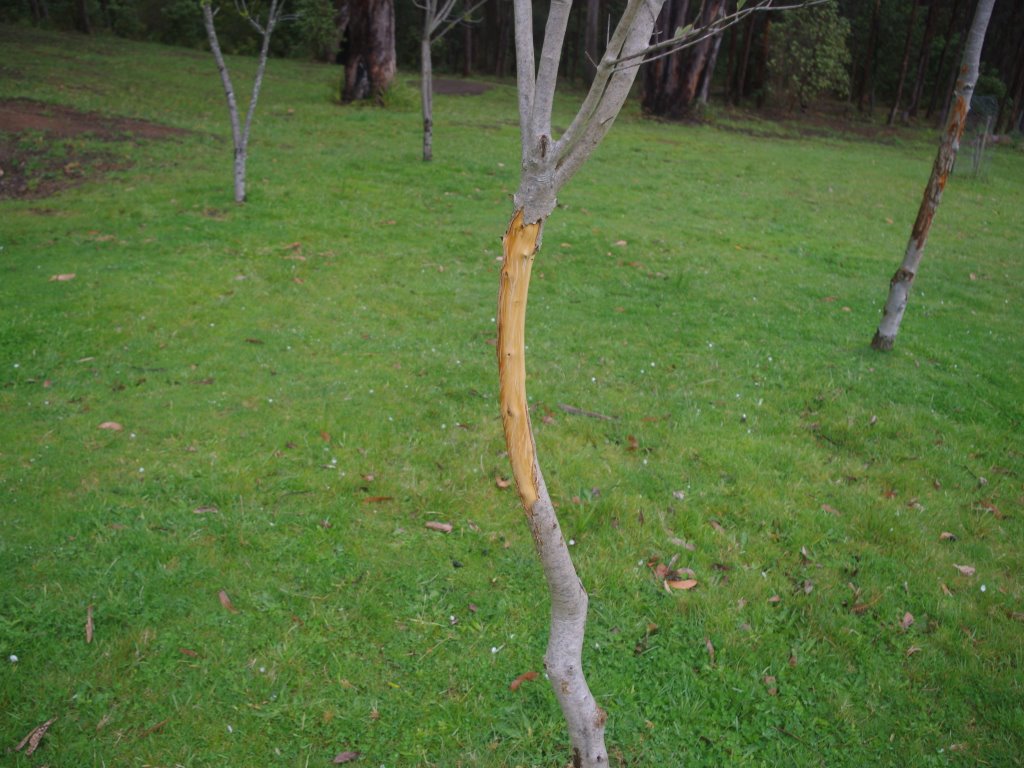
In exciting produce news, the weather forecast suggests a possibility of frost on Wednesday morning. Fingers crossed that this is a minor risk only. The apricot and almond crops are looking good and putting on size rapidly.

Most of the potatoes planted a few weeks ago have sprouted and are doing well. They may not enjoy any mid-week frost, but again, we’ll see how it goes.

The radishes, beetroot and sugar beets planted a week or two after the potatoes are also looking good and gaining size after every warm day. They don’t care about frost.

This weeks video shows the chicken enclosure:
Onto the flowers:

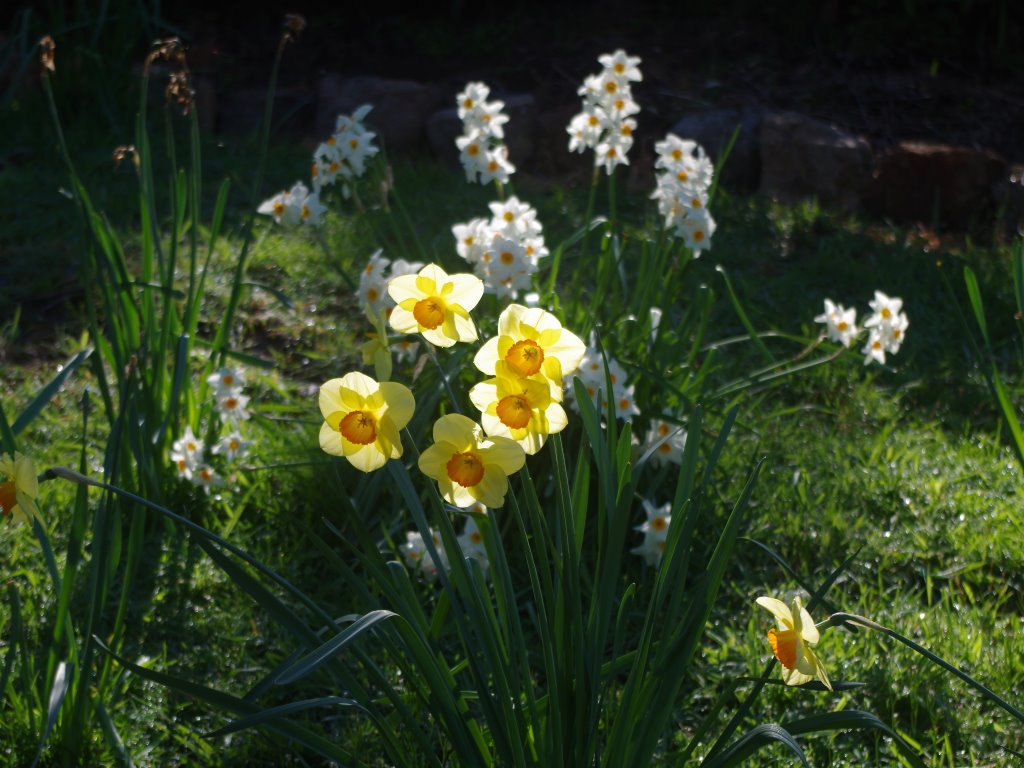
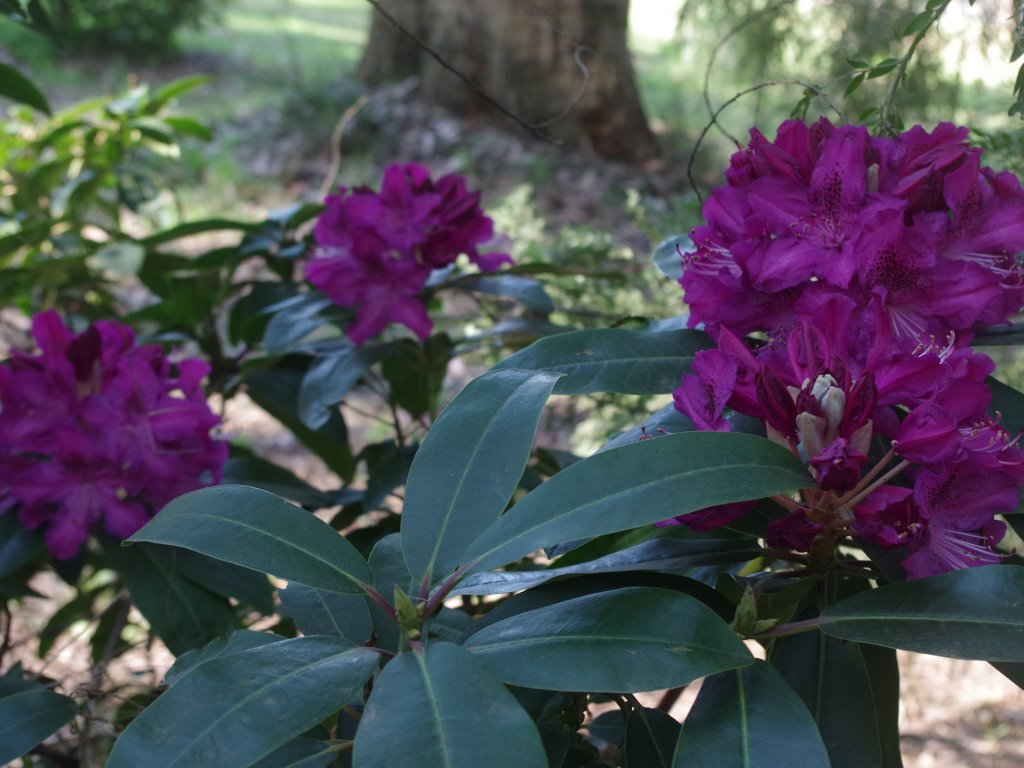
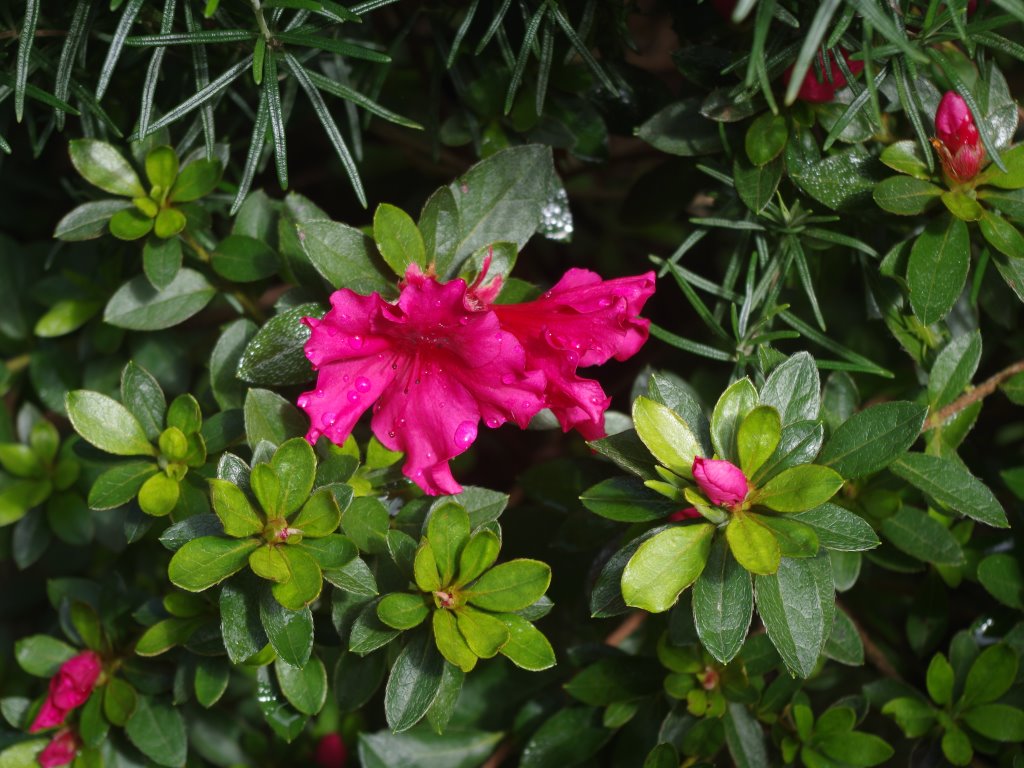
The temperature outside now at about 11am is 13’C (56’F). So far for last year there has been 720.6mm (28.4 inches) which is up from last weeks total of 706.2mm (27.8 inches)
